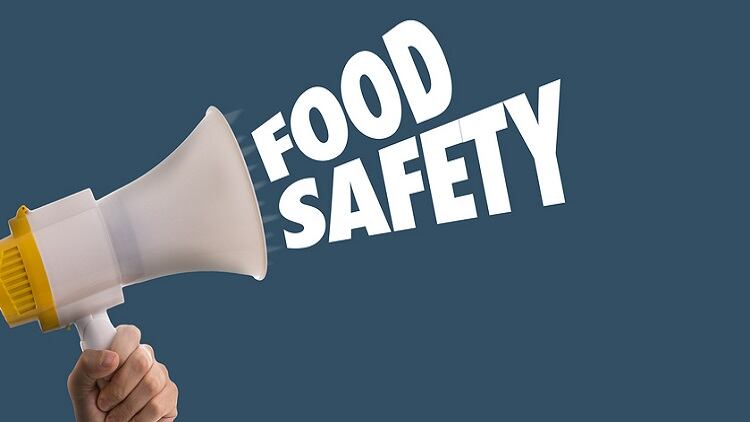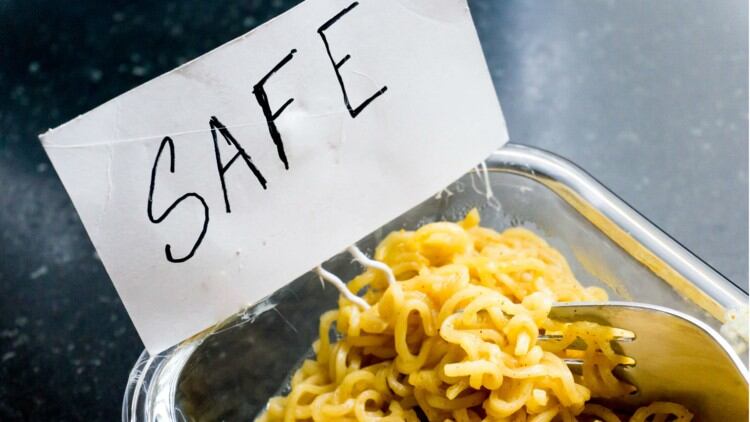This may pose a challenge, as the industry is required to follow the internationally recognised Hazard Analysis and Critical Control Points (HACCP) standards by 2020.
Japan’s Ministry of Health, Labour and Welfare announced the mandatory implementation of the HACCP program for the food industry two years ago. Some countries, such as the US, have already made HACCP implementation mandatory for certain food products.
Reasons for mandatory implementation include the need to demonstrate a high standard of food safety in Japan due to the upcoming Tokyo Olympics and Paralympic Games.
To support the industry’s needs, the HACCP International opened an office in Tokyo recently.
FoodNavigator-Asia spoke to Managing Director Nigel Asai who heads the operations in Japan and Korea to find out more about the state of HACCP certification in Japan.
“The food manufacturers in Japan have a high understanding of food safety controls, however, a major issue is that different methods and standards are used,”Asai said.
“(And) the Japanese are not familiar with the HACCP international standards. The understanding of international standard is very important but we are a bit behind.”
He believes that following key international standards is necessary for Japanese products to gain international recognition, and this is a key message that he wants to convey to the manufacturing industry.
“So in order to appeal to them, the one thing that I will tell them, is the importance of following an international standards system, not only for the food industry, but also in other industries."
“Our responsibility is to explain the ideas to more people in the industry.”
The HACCP team in Japan will be supported by the HACCP International’s Asia Pacific office in Hong Kong and the Australian head office in Sydney.
“We’re thrilled to be putting roots down in Japan. It is one of the world’s most important food markets with high standards and an excellent reputation for food safety. Our certification scheme is well suited to that environment and Nigel’s trade background and product knowledge will make for a winning combination,” Clive Withinshaw, Director of HACCP International in Australia said.
HACCP standards
Asked what manufacturers should do to adapt to the HACCP standards, Asai said it was important for them to “understand what it is about and what are the methods used.”
“They do not know the methods exactly. They should know and follow the methods.”
Currently, food processing firms such as Sumitomo is already attending courses conducted by HACCP.
There were plans to reach out to 20 firms in the upcoming year, and ideally, a hundred firms within three years’ time, “which is quite a reasonable (target)”, Asai said.
One of the major food brands, Meiji, told us that in addition to the HACCP, it aimed to obtain Global Food Safety Initiative (GFSI) – an international food safety management system for all domestic food plants by March 2021.
Food contact materials
Japan is also set to introduce a positive list system for Food Contact Materials (FCM).
The system will be implemented by 13 June 2020.
In general, FCM refer to materials that comes into contact with food during food production, processing, storage, preparation and serving.
At present, Japan uses the negative list system. This means that so long as a material is not stated in the list, it could be used as a food contact material.
“As many other countries adopt the positive list, it leads to a situation where one material is not permitted for use as FCM is eligible in Japan, imposing threats to food safety in Japan. This triggers Japan’s initiation of the new system,” Lynn Liang from Chemlinked said when asked the rationale behind the change in regulations.
A few other regulations might also be revised, she added.
“For the new regulations this year, Japan will probably publish the related implementation order and rules of the Food Sanitation Law-2018 revision. The revision of food labelling laws will also probably be released this year.”



